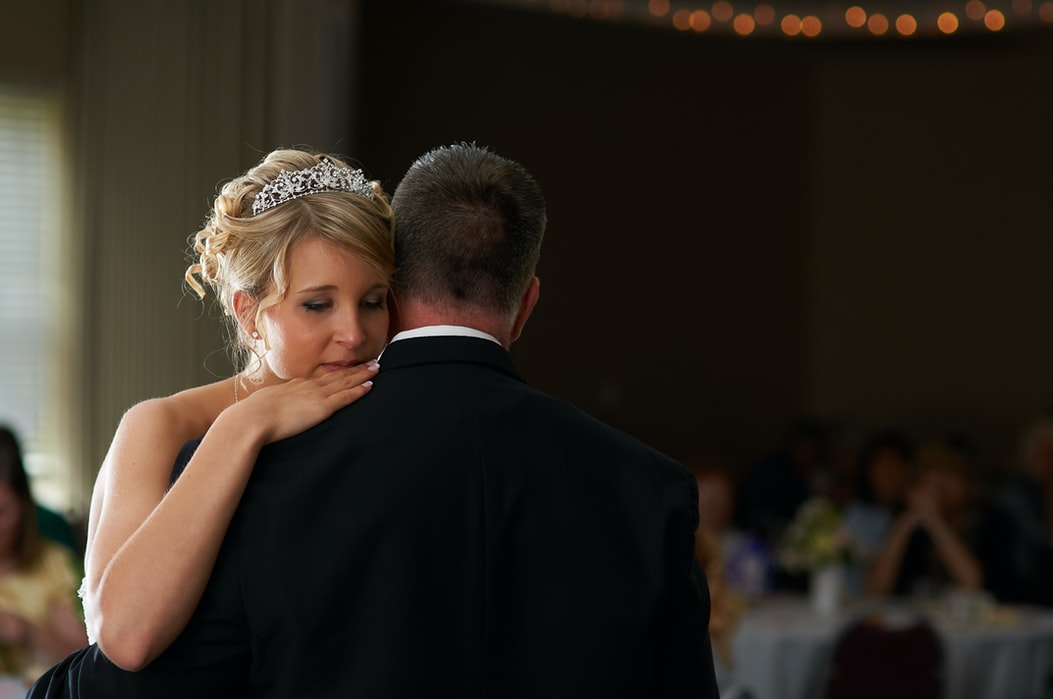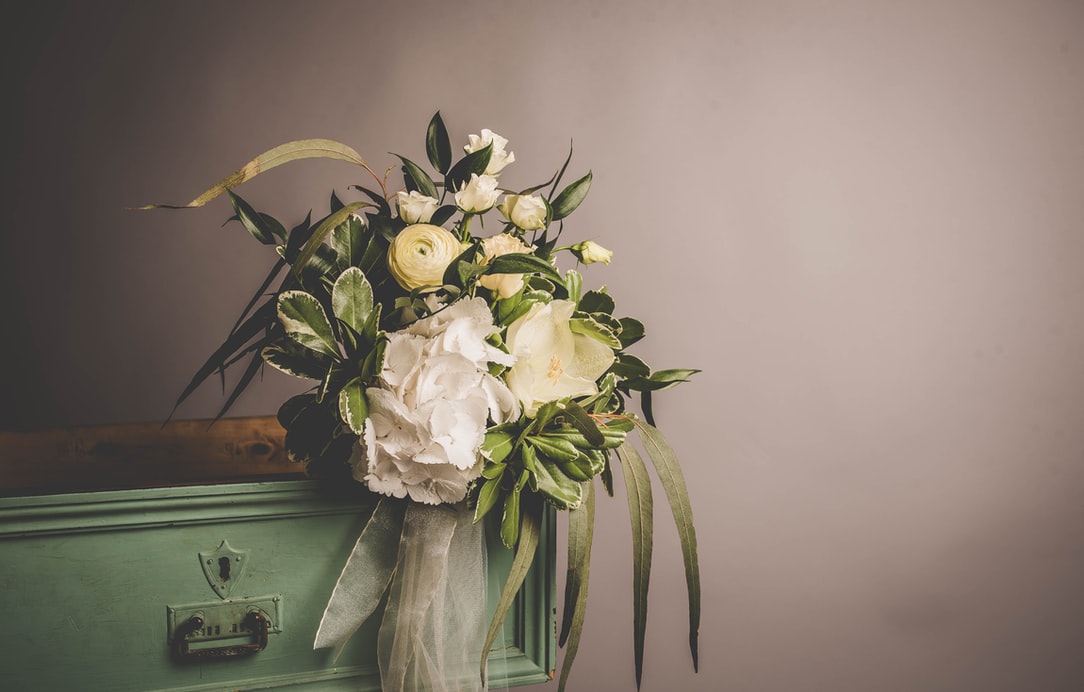There are numerous wedding traditions and customs in America, all influenced by the newlyweds’ cultural heritage, religious beliefs, and more. Below are some of the most popular customs you can share with your spouse.
Wedding reception traditions in America
American culture is an amalgamation of traditions, beliefs, and societal customs rooted in communities worldwide, including those related to weddings. Many are drawn from European cultures, especially from England, in particular.
What are American wedding traditions? There are many conventions to follow in an American wedding for each phase of the event (i.e., engagement party, wedding ceremony, etc.).
Some of the most widely-practiced traditions (according to a nationwide survey by The Knot) include those described below.
Father-daughter dance
In American weddings (and many others), the father is responsible for . This dates back to when arranged marriages were the norm in the Western world.
Women were considered to be men’s property, whether her father or spouse owned her. This is why the act of giving away was viewed as a sort of transaction or a transfer of ownership. The father would first dance with his daughter then hand her off to her husband.
The dance is still viewed as the daughter’s last moments in her father’s care and security. However, nowadays, the two share moments on the dance floor after she’s given away. Plus, the giving away is more symbolic of leaving her family and not so much giving away the father’s property to her new husband.
This is one of the most widespread traditions in U.S. weddings, done by roughly 76% of brides.
Bouquet toss
This dates back to the 1500’s in England and was originally used by brides to distract her guests for a safe, swift escape. Why would a bride need to escape her own wedding? Historically, people considered it good luck to touch a bride on her wedding day.
This belief used to drive people a bit bonkers, and the bride could be overwhelmed by the number of people trying to get physical contact with her. So, she’d toss the bouquet and get the heck out of there.
Now, the toss is a bit more optimistic. The bride gathers her friends around on the dance floor or another open space where everyone can gather (usually they’re all women, but there’s no hard rule).
She turns around and tosses the bouquet behind her, so there’s no bias in where it lands. Whoever catches the bundle of flowers is believed to be the next person to get married.
This practice is still observed by 49% of American brides today.
Money dance
Many cultures around the world have their own version of the “money dance”, also known as the “dollar dance” or “apron dance.”
No one knows exactly when or where it started, but it’s reasonable to believe that they all arose on their own, given the importance of currency in a couple’s stability and security, no matter where they live.
The U.S. is just one of the many countries where newlyweds have a money dance with their loved ones at the wedding reception. (Approximately 12% of couples still do this.)
Here, it’s generally seen as the guests’ small gesture of support and aid in securing the newlyweds’ financial future.
Depending on the couple’s cultural heritage, it may have additional meanings.
For instance, someone descended from Nigeria might draw from the “Money Spray,” wherein the money represents happiness, good fortune, and affection as they’re placed on the bride’s and groom’s foreheads.
Portuguese-American couples would do it a little differently. Instead of throwing money or pinning it to the bride’s dress, the guests would pass her shoes around and collect the funds in those instead.
In the U.S., Cajuns pin the bills to the bride’s veil and may even pin the groom to solicit him to dance.
Choosing a church for the ceremony and wedding reception venue
By far, the most common wedding reception venue for Americans is the church.
Many Americans are some form of Christian or Catholic, so religion plays a crucial role in these unions, even for those who don’t identify with those faiths.
Getting married in a church allows the couple to present their union to their deity and make their vows eternally. Some also believe that performing the marriage in a church invites that deity into the marriage.
This tradition is thousands of years old, and some couples still want to follow suit, but with a modern twist. This is why wedding reception venues like the St. Teresa of Avila Church in San Francisco and even the Mission San Francisco Solano are so appealing.
St. Teresa of Avila is a historic Roman Catholic church built by shipbuilders in 1860. It’s the perfect spot for following religious traditions while still offering today’s modern amenities, considering its proximity to Sonoma Coast and Bodega Bay.
Mission San Francisco Solano was the only mission built when California still belonged to Mexico. These buildings are deeply rooted in Catholic history, as they were originally constructed for Spanish missionaries to convert Indigenous people to Catholicism.
Choosing A Las Vegas Wedding Venue
For those who want something fun and unique, Las Vegas allows you to get married by Elvis, in a helicopter high above the Las Vegas Strip (or even taking a chopper ride to one of the region’s scenic wonders), chapel ceremonies which professionally stream live for family and friends who can’t attend, at a golf course country club, a gun range (gives new meaning to the term “shotgun wedding”, and even do a drive-through wedding!
Practice your favorite wedding traditions
On your big day, every moment should reflect you and your partner’s individual and collective lives. From quirky interests shown in your theme and music, to beliefs and culture demonstrated in the ceremony and reception, your wedding should be all about you.
These are just a few of the most popular American wedding reception traditions. You can practice these or make new ones at the venues mentioned above or another wedding reception venue that better suits your preferences.




